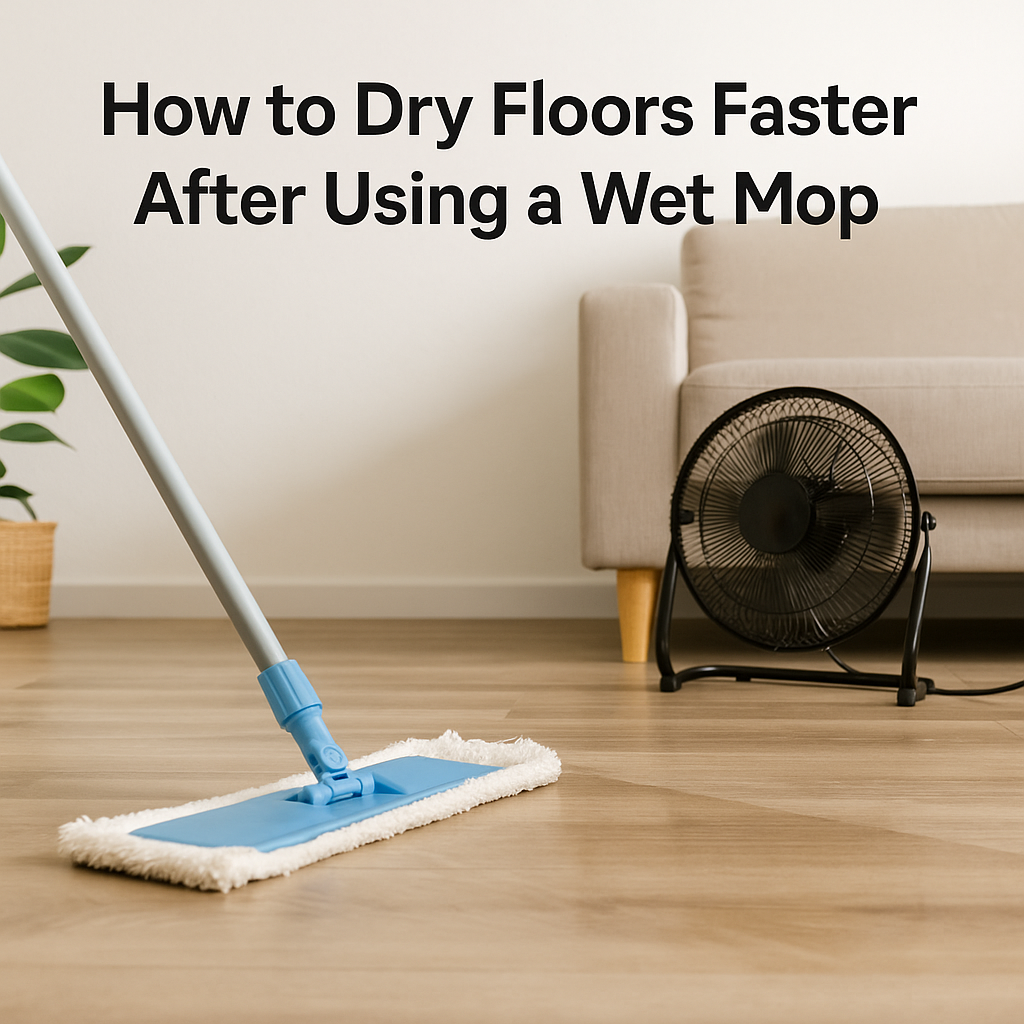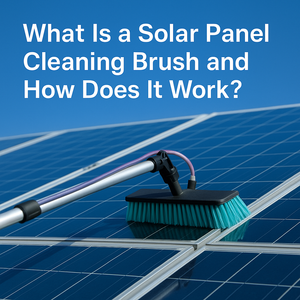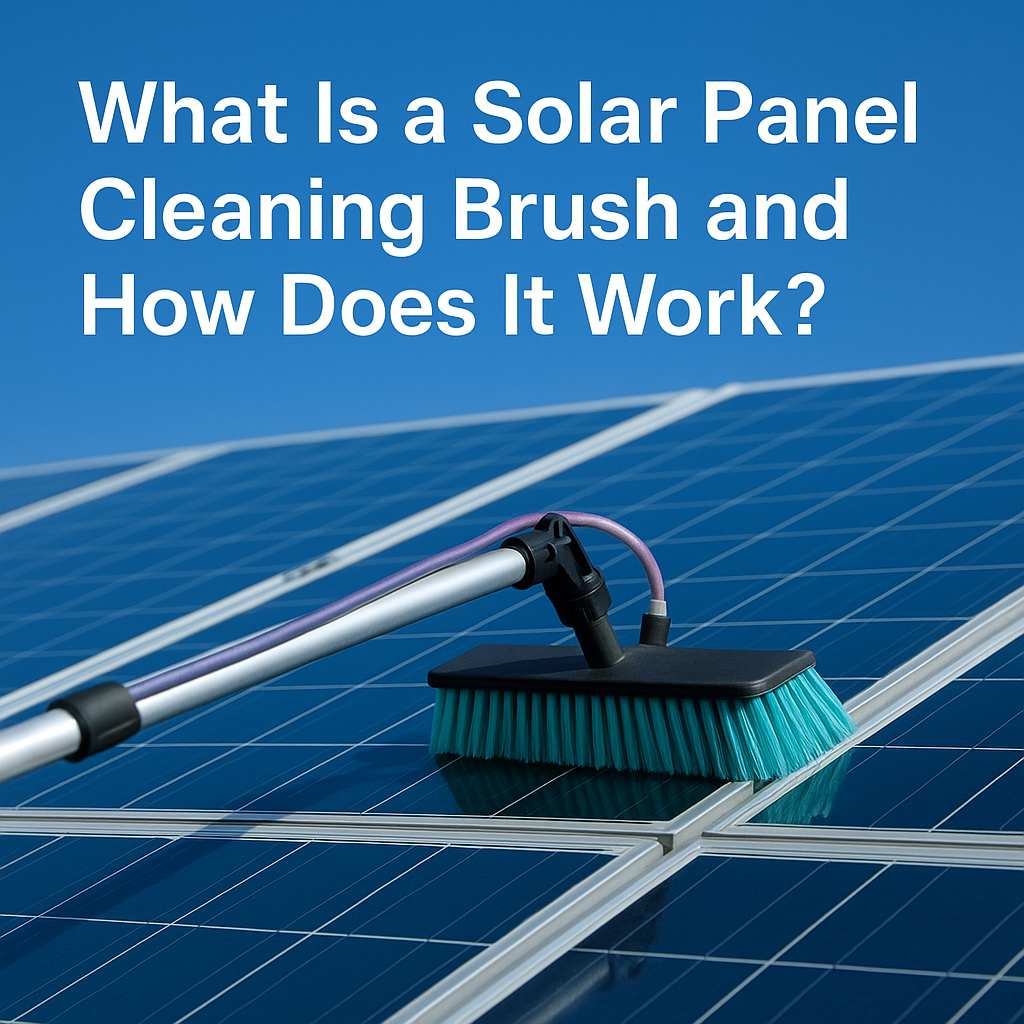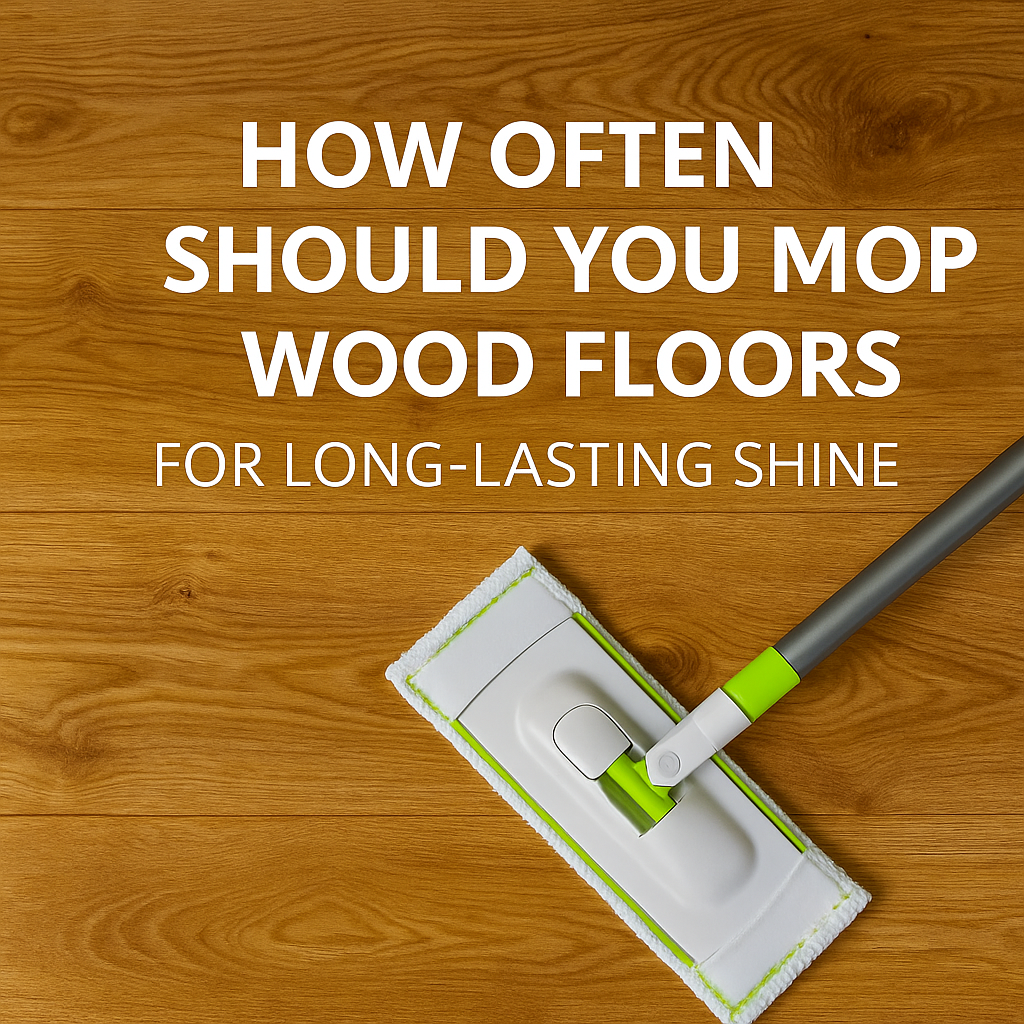You’ve just finished cleaning the floors, but they’re still wet, sticky, and take forever to dry. It’s frustrating especially when you’re trying to walk around the house or avoid slip marks. Learning how to dry floors faster after using a wet mop not only saves time but also helps keep your floor spotless, shiny, and streak-free.
Understanding Why Floors Stay Wet for Long
When you use a wet mop, it spreads a thin layer of water mixed with cleaning solution. Ideally, this layer should evaporate quickly. But if you use too much water or if the mop head holds more liquid than it should, the floor stays damp longer.
Tiles, marble, and laminate all behave differently. Tiles dry quickly because their surface doesn’t absorb water, but marble or sealed laminate tends to keep a moisture film on top. On top of that, low airflow, humid weather, or cold indoor temperatures can slow evaporation drastically.
If you've ever seen streaks or sticky spots on the floor even after cleaning, it's because it didn't dry evenly. The first step in fixing this is to choose and use the right mop.
Choosing the Right Wet Mop for Quick Drying
Not all mops are made equal. The kind of wet mop you use can make a big difference in how quickly your floor dries. Cotton wet mops are great for deep cleaning and soaking up spills. Microfiber wet mops are better for everyday use because they hold just the right amount of moisture and pick up fine dust easily.
If you mop big areas a lot, get a flat mop with a strong handle and a bucket that makes it easy to wring out water. You can control how wet your mop stays before it touches the floor with spin or press-wring systems. Your floor will dry faster if you let out less water.
Zidello's wet mops are made to be ergonomic and work well. They are easy to handle, lightweight, and very absorbent, no matter if you like cotton or microfiber. They help you clean faster, and in just a few minutes your floors will be clean, fresh, and ready to walk on.
Why Warm Water Helps Floors Dry Faster
Most people don’t think about water temperature when cleaning, but it makes a difference. Warm water evaporates faster than cold water and helps cleaning agents dissolve dirt more effectively.
If your floor type allows it, mix your cleaning solution in warm water. It removes grease and grime easily, so you can use less water overall. For laminate or vinyl, keep it mild as too hot water might damage the adhesive or coating.
The Right Mopping Technique for Faster Evaporation
The technique you use with your wet mop affects how long your floor stays wet. Wring your mop head thoroughly before each pass. Don’t let it drip. Work in smaller sections and overlap each stroke to make sure no puddles are left behind.
Always start from one end of the room and move backward toward the exit so you’re not walking over wet areas. If you see visible water collecting in certain spots, blot it immediately with a dry microfiber cloth or towel.
Think of it like painting. Thin, even layers dry faster and look better than thick ones.
How Airflow Changes Everything
Air circulation is the biggest factor that decides how long your floor stays damp. Even if you use the best wet mop, poor ventilation will keep moisture trapped. Open doors and windows on opposite sides of the room to create cross-ventilation. This alone can cut drying time in half.
If that’s not possible, switch on fans and direct them toward the wet surface. Ceiling fans, pedestal fans, or even a portable blower work well. In rainy or humid weather, use a dehumidifier to pull excess moisture out of the air. It keeps the floors streak-free.
When Heat Can Help (and When It Can’t)
Heat speeds up evaporation, but it needs to be used carefully. Turning on a room heater or mild warm air from a hair dryer can help floors dry faster during cold seasons. Just don’t direct high heat at wooden or laminate floors, it can cause cracks or warping.
The best natural method is to mop during the warmest part of the day, around late morning or early afternoon, when sunlight and room temperature are already higher.
How to Maintain Your Wet Mop for Better Drying
A lot of people forget to clean their mops properly. A dirty mop head not only spreads bacteria but also holds more water than it should. Rinse your wet mop after every few uses, squeeze out excess moisture, and let it air dry completely before storing.
If you use the same mop for different rooms, especially kitchens or bathrooms, wash the mop head with a disinfectant and change it regularly. A fresh, well-maintained mop absorbs and releases water more evenly, helping the floor dry quicker and cleaner.
Final Thoughts
Drying your floors faster isn’t about adding more effort, it’s about cleaning intelligently. A reliable wet mop, balanced technique, and better airflow can turn your everyday cleaning into a faster, smoother experience.
Check out Zidello's selection of wet mops and other home cleaning tools if you want equipment that make cleaning your home easier and faster. They're made to dry quickly, be easy to use, and last a long time, so you can keep your home clean without having to wait for the floors to dry.







